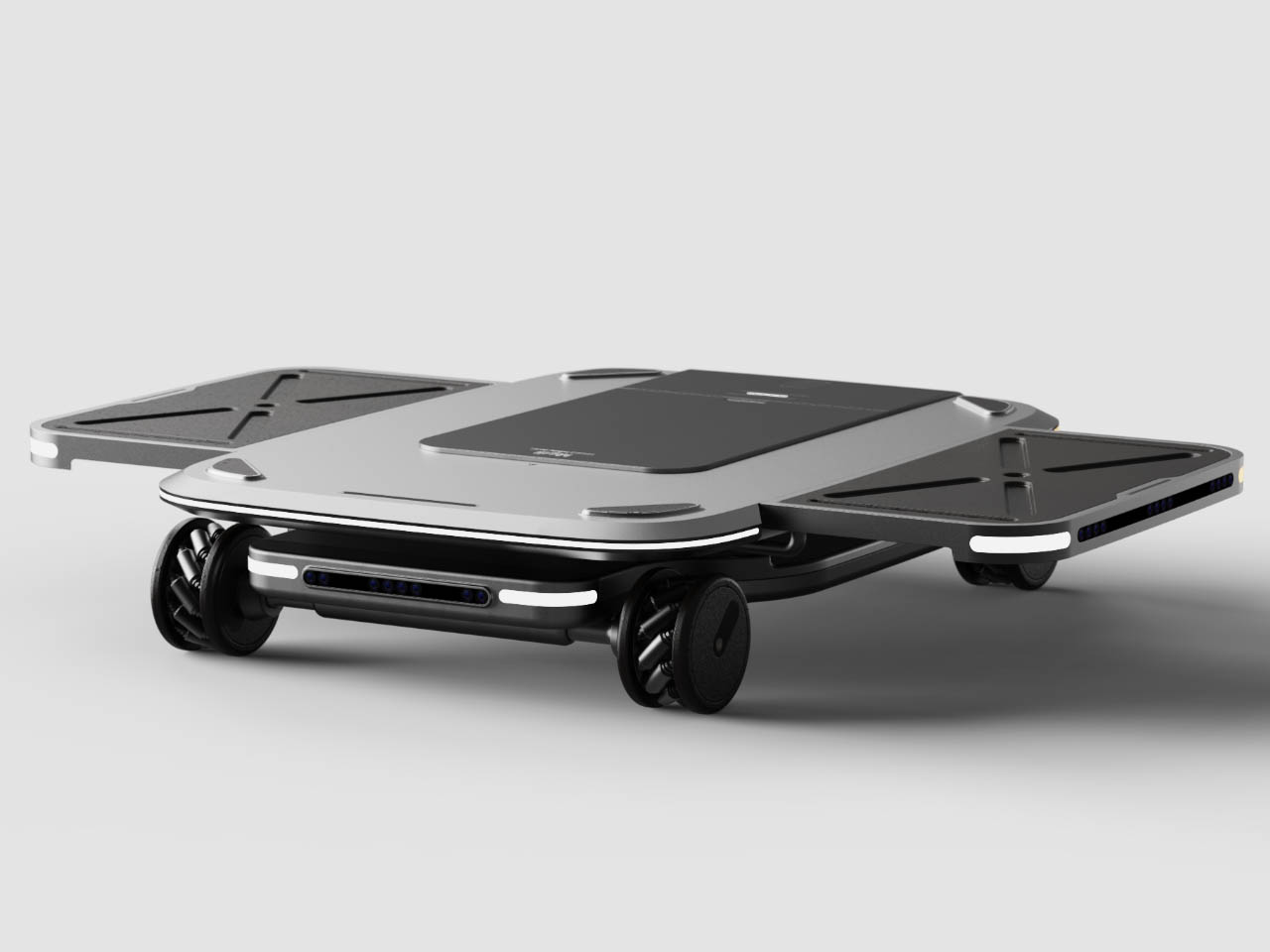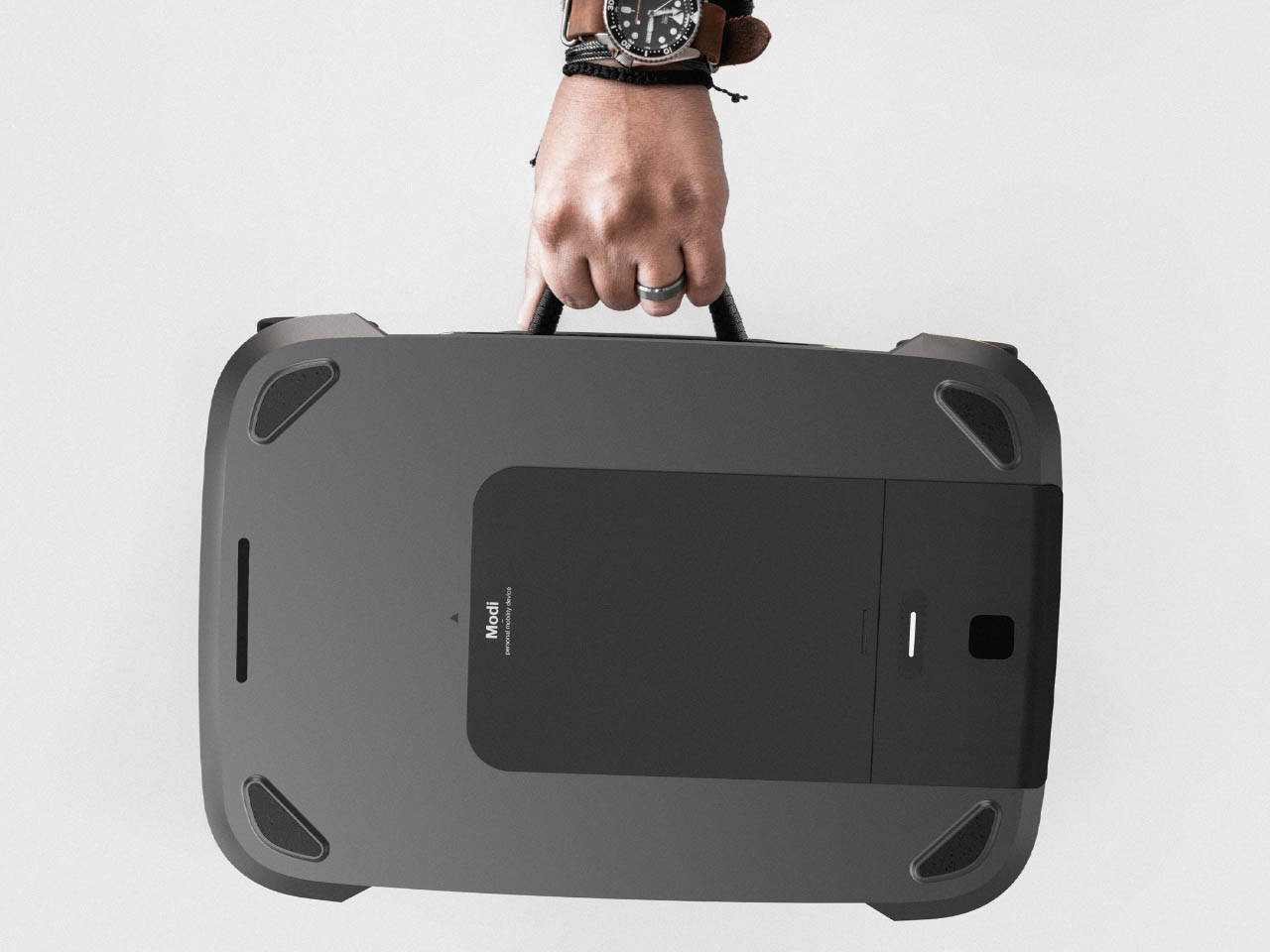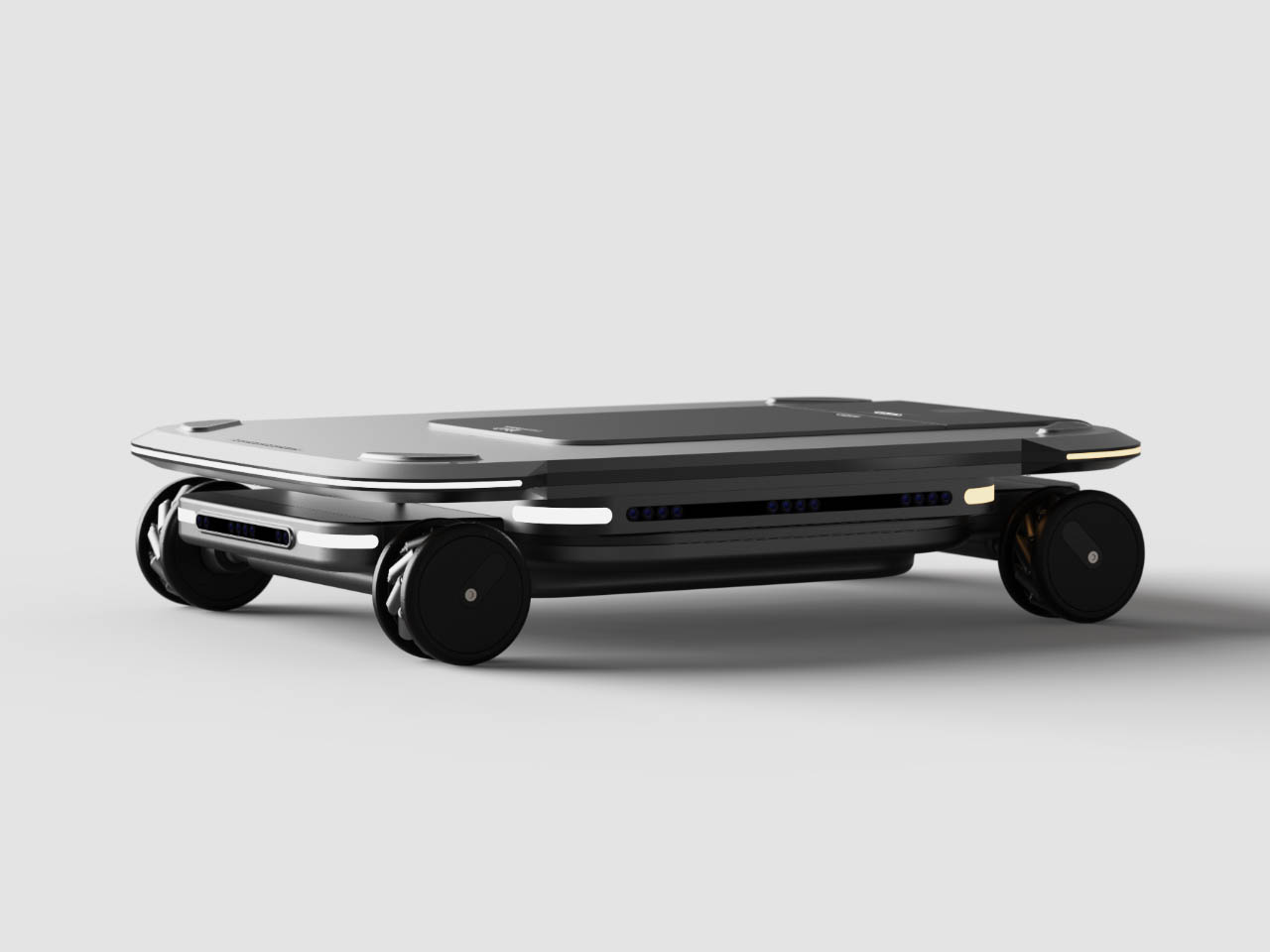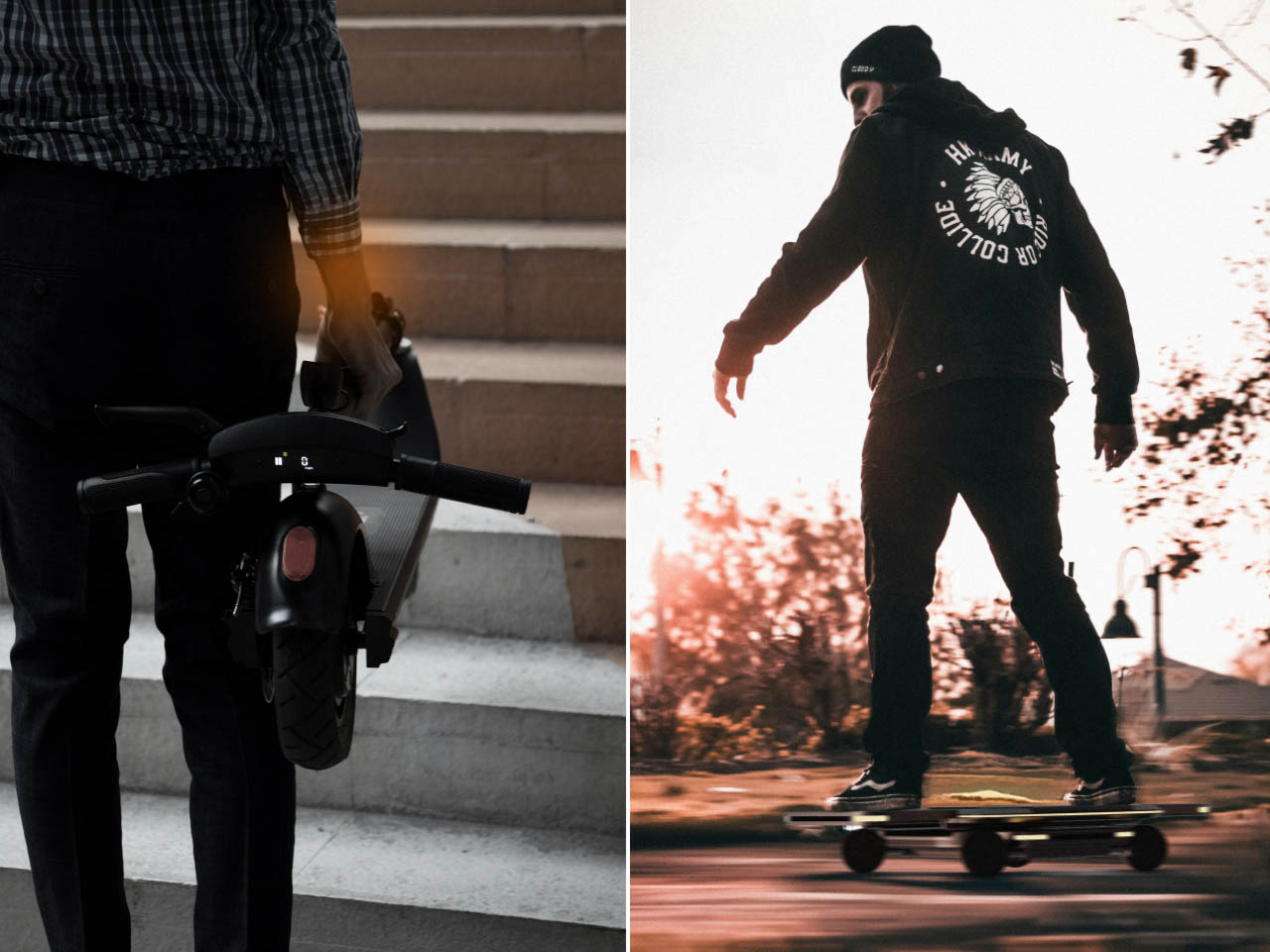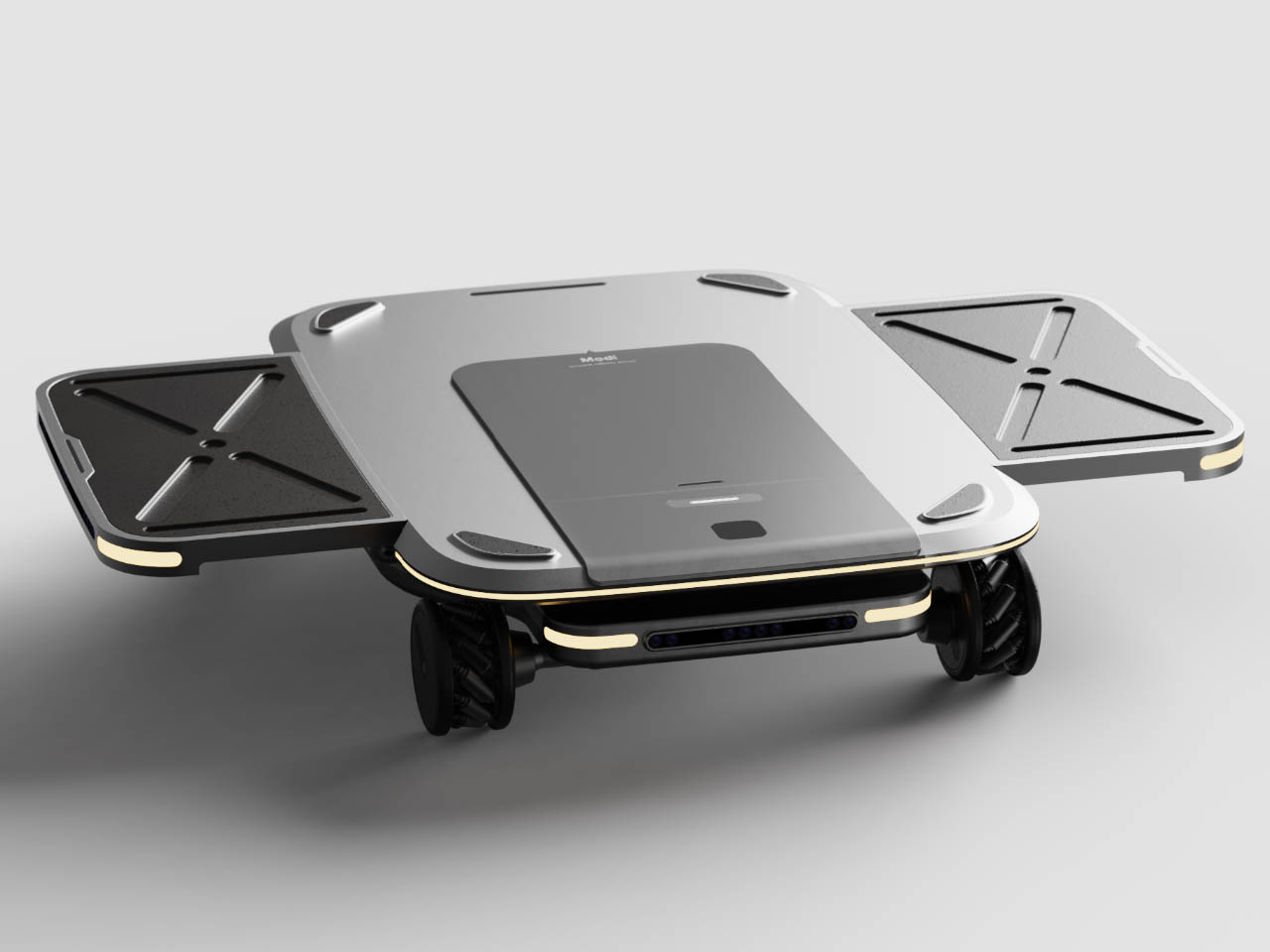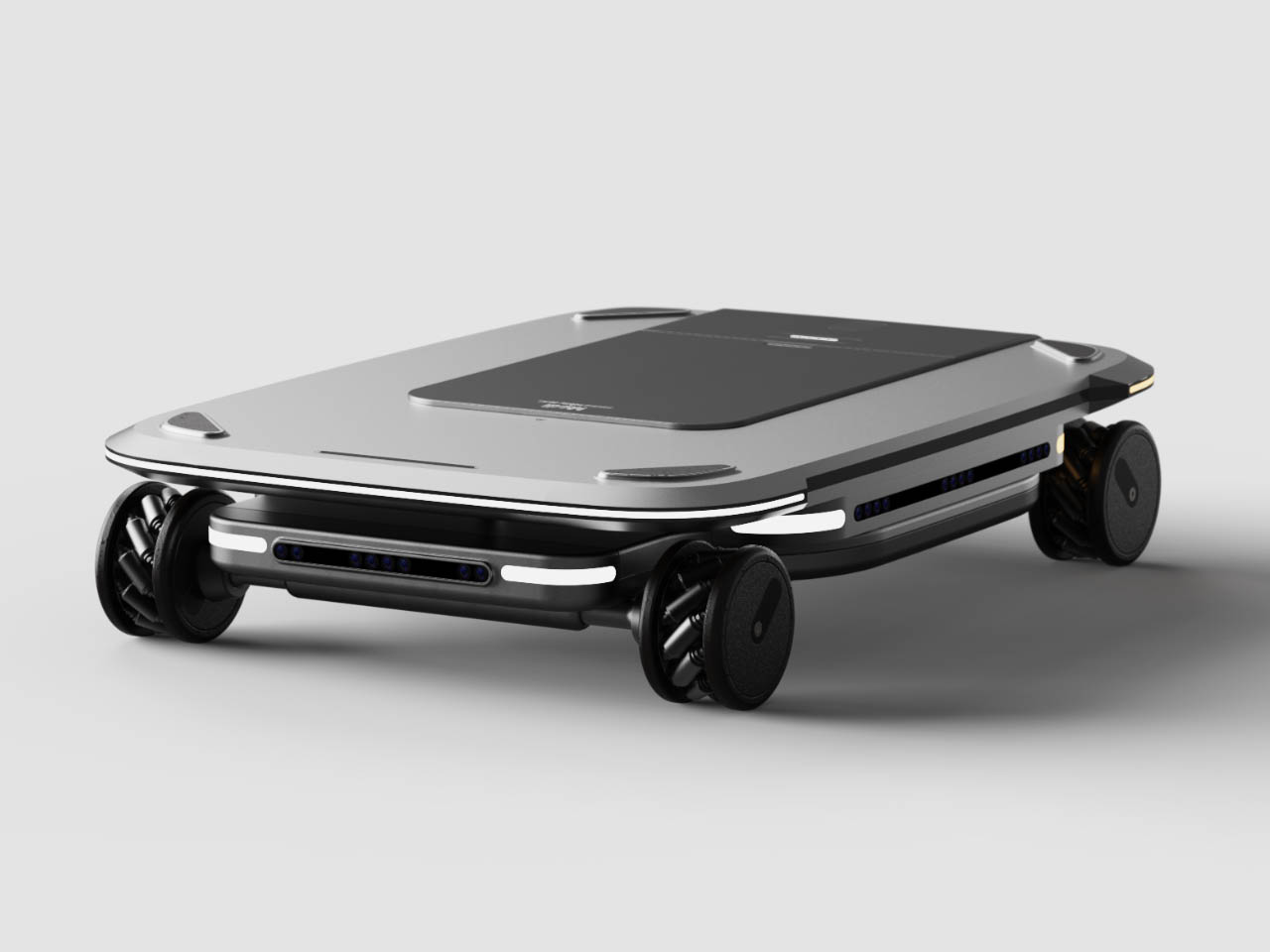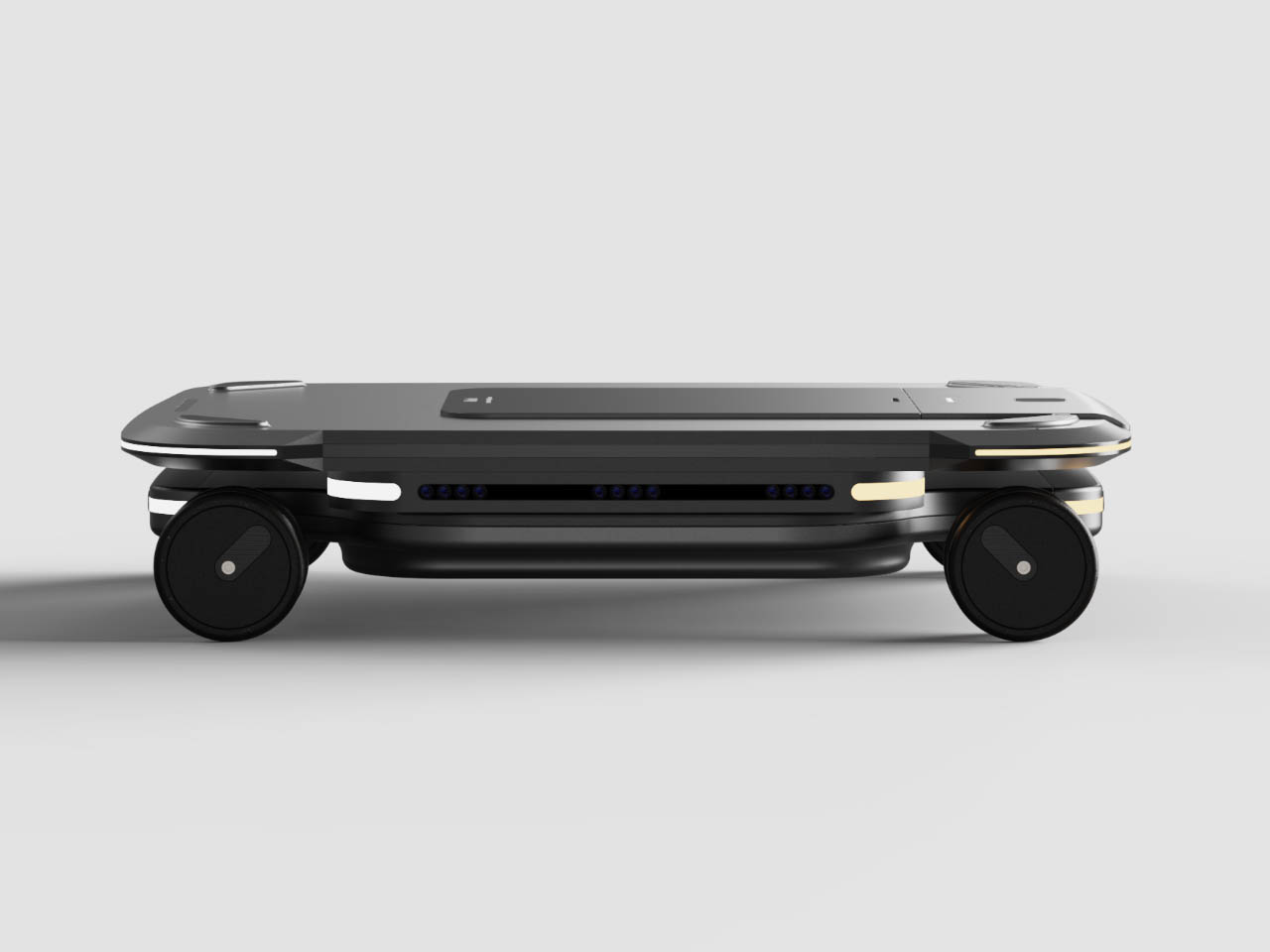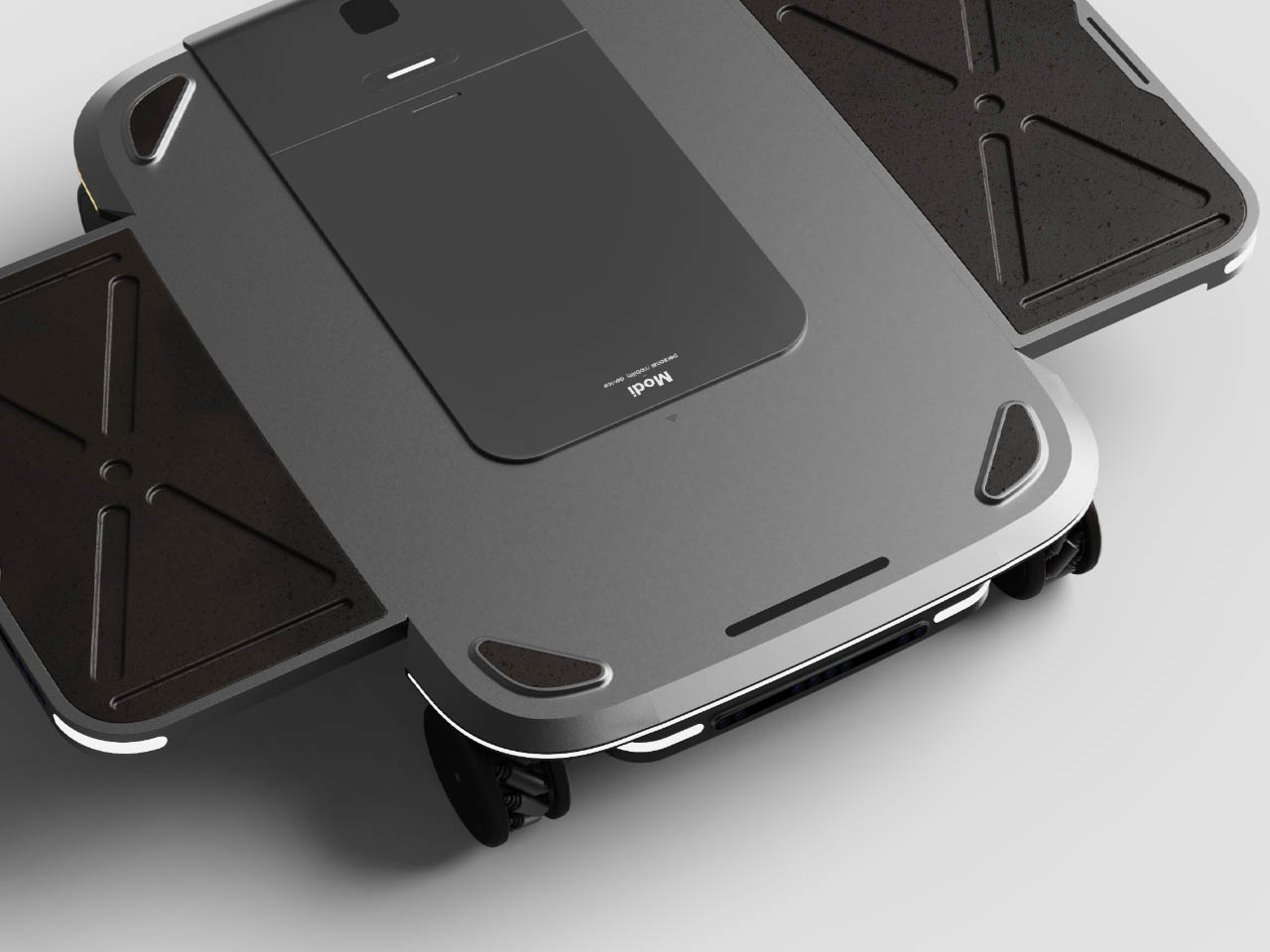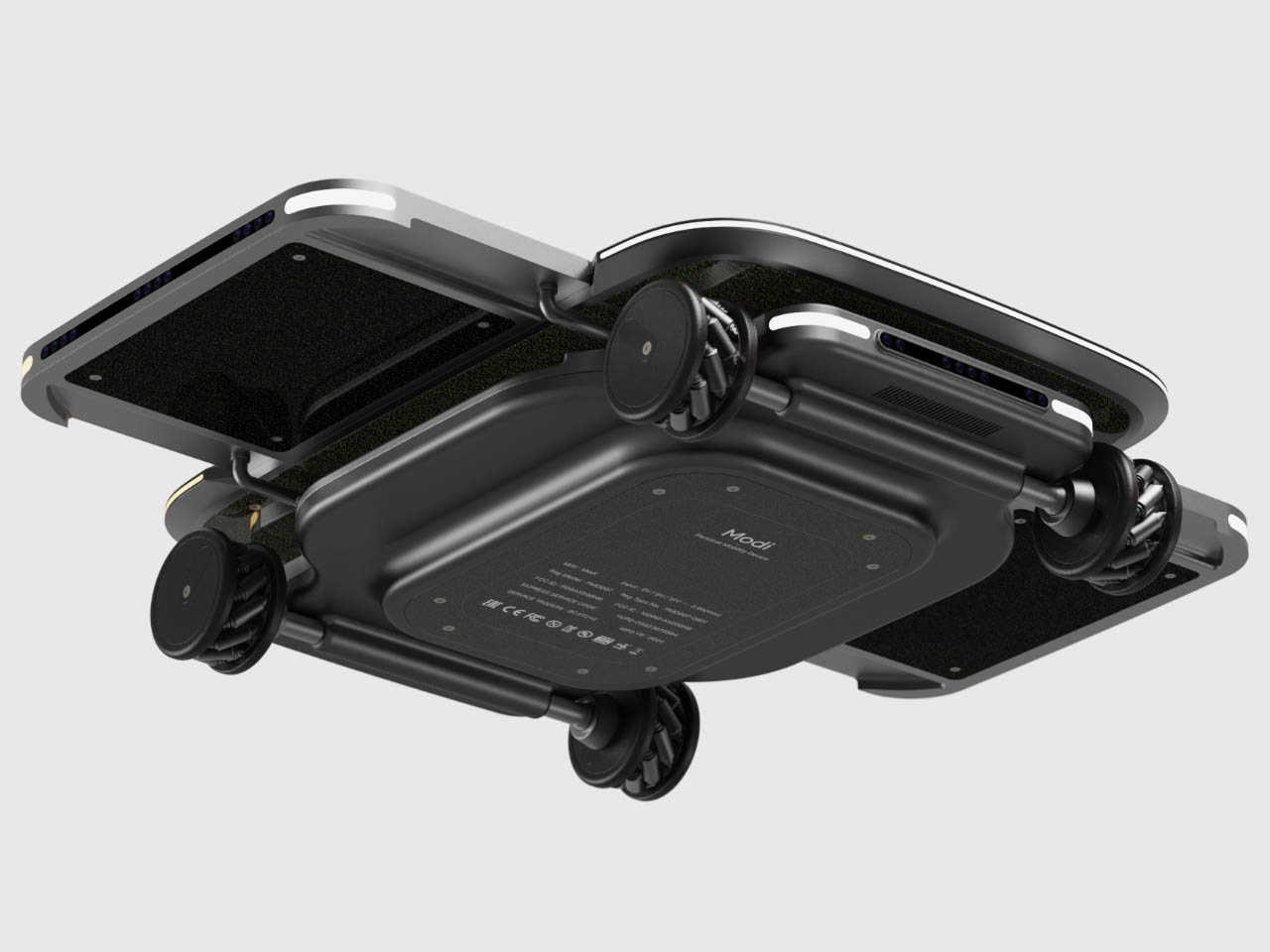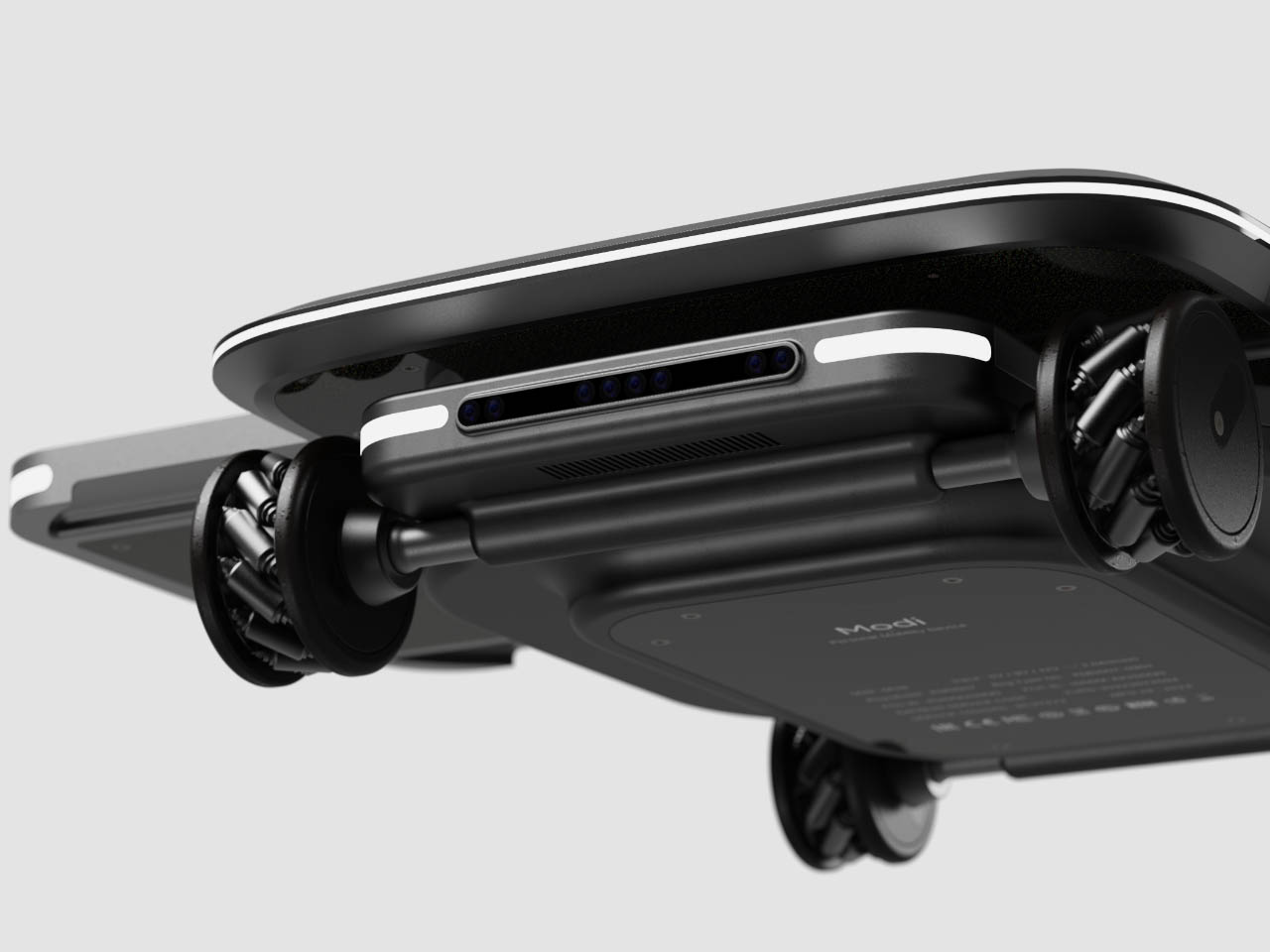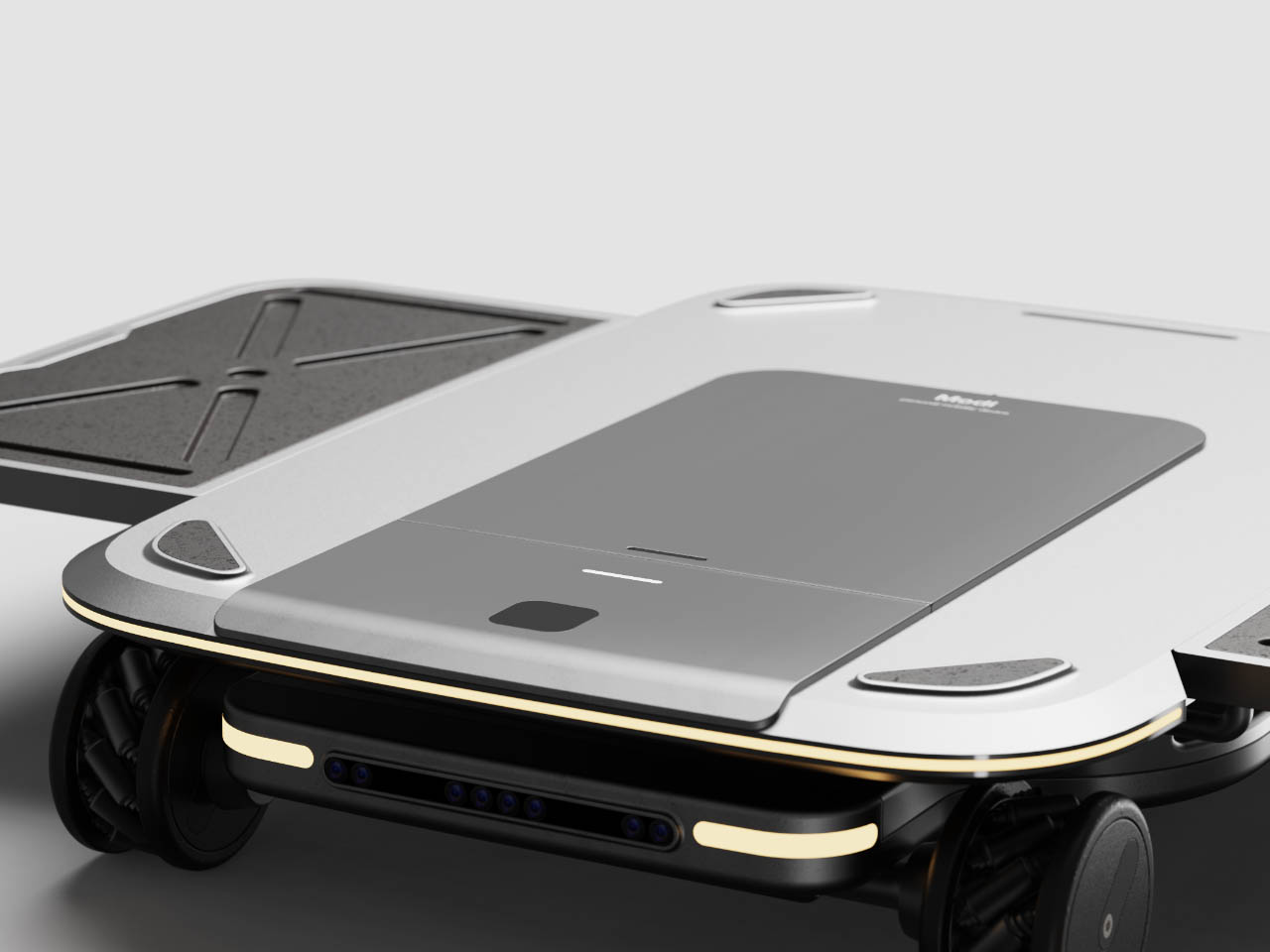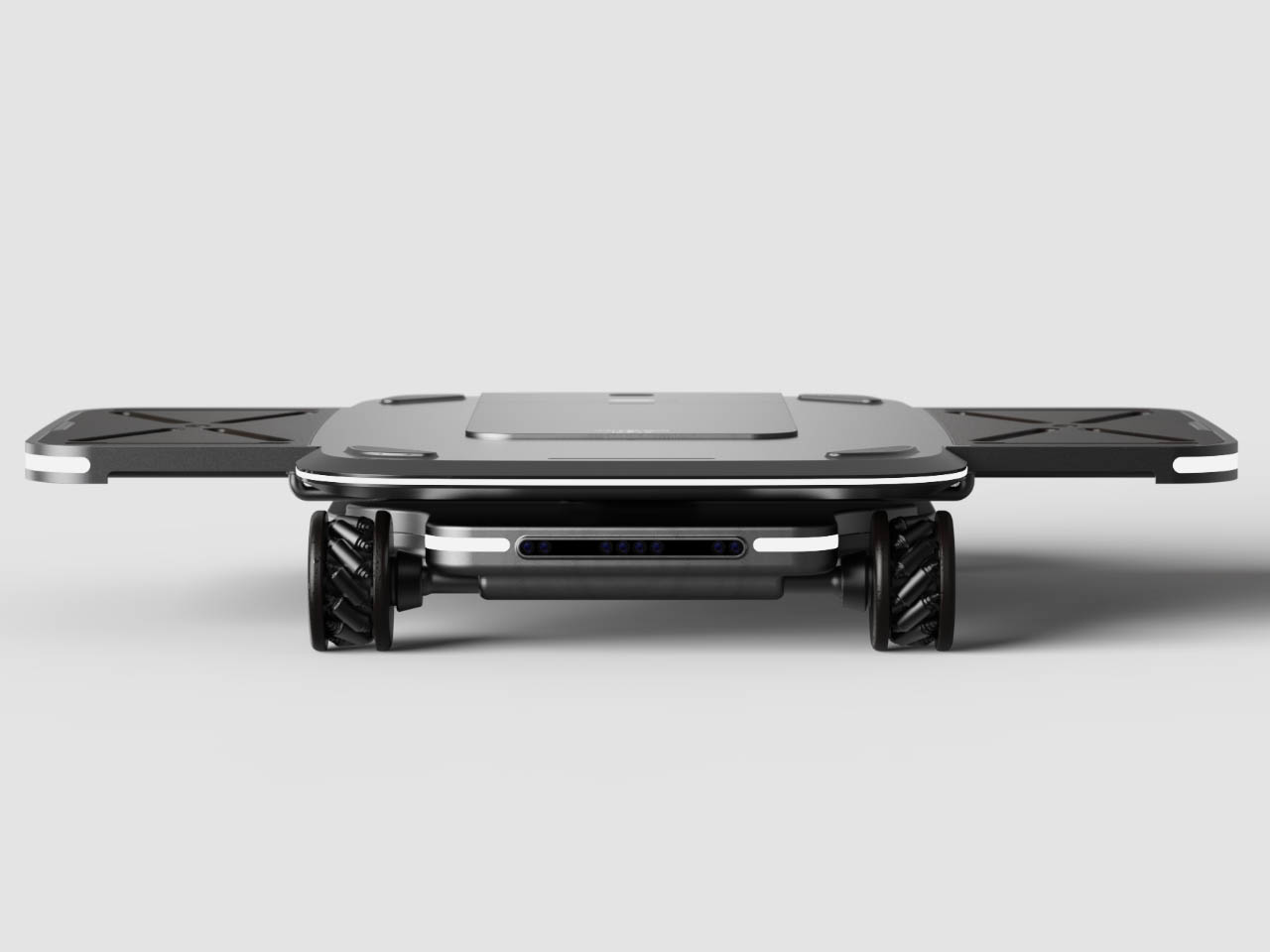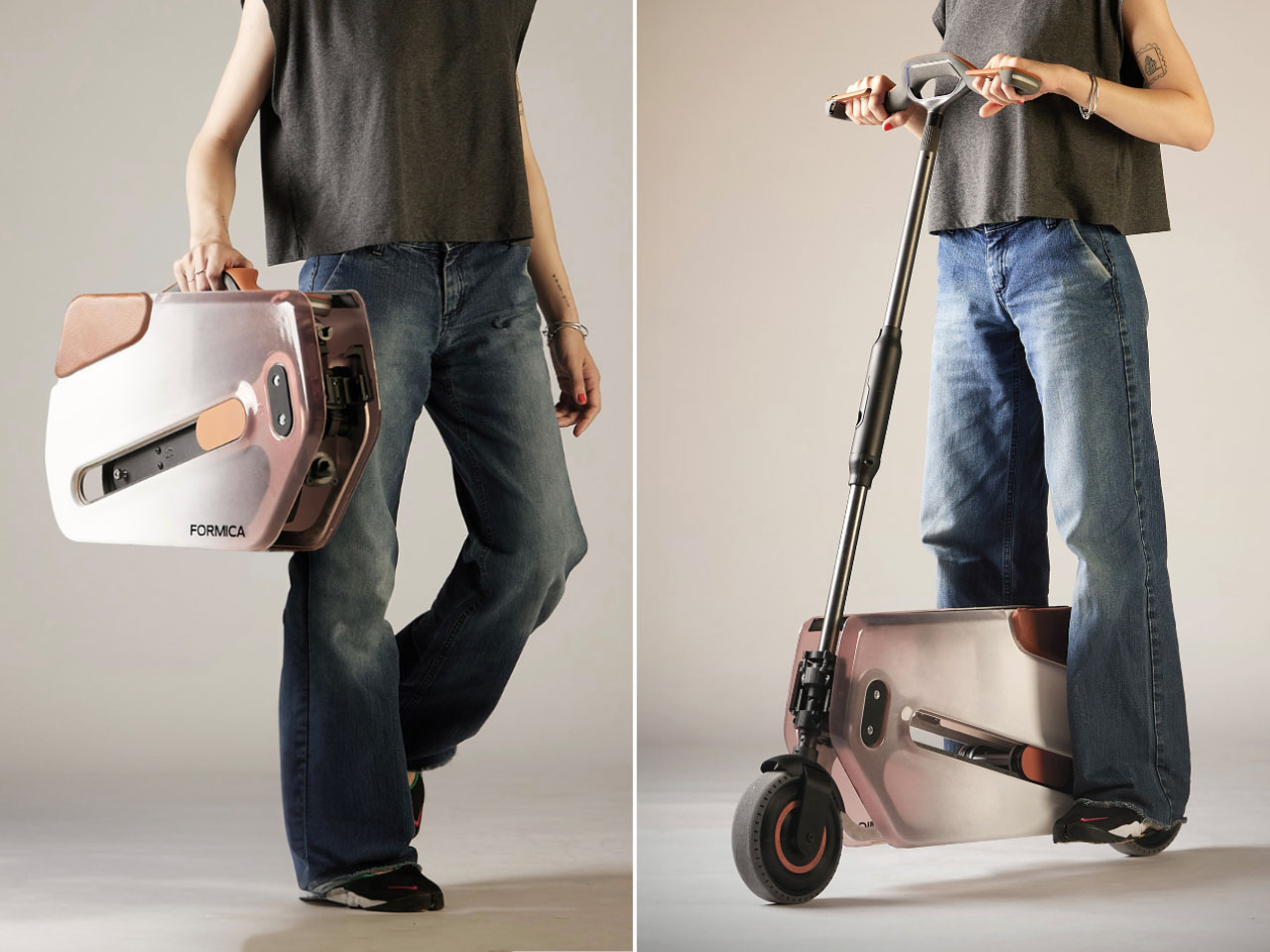
Nano mobility is all about getting from one place to the other (especially in cities) with the minimum footprint to avoid traffic congestion or maneuver your way around tight spots. The idea of personal mobility has kicked off in the last couple of years with rising strain on global city traffic.
Such personal commuters are majorly electric to be in line with the idea of lowering carbon emissions. They can be anything from an e-bike or an electric scooter to something much bigger for more than a couple of people to travel. Slotted somewhere in this domain are the highly practical foldable e-scooters that can fit easily in your car’s boot for ease of portability.
Designer: Eugenio Costa, Edoardo Graci, Nicolò Tallone and Bonshe Design
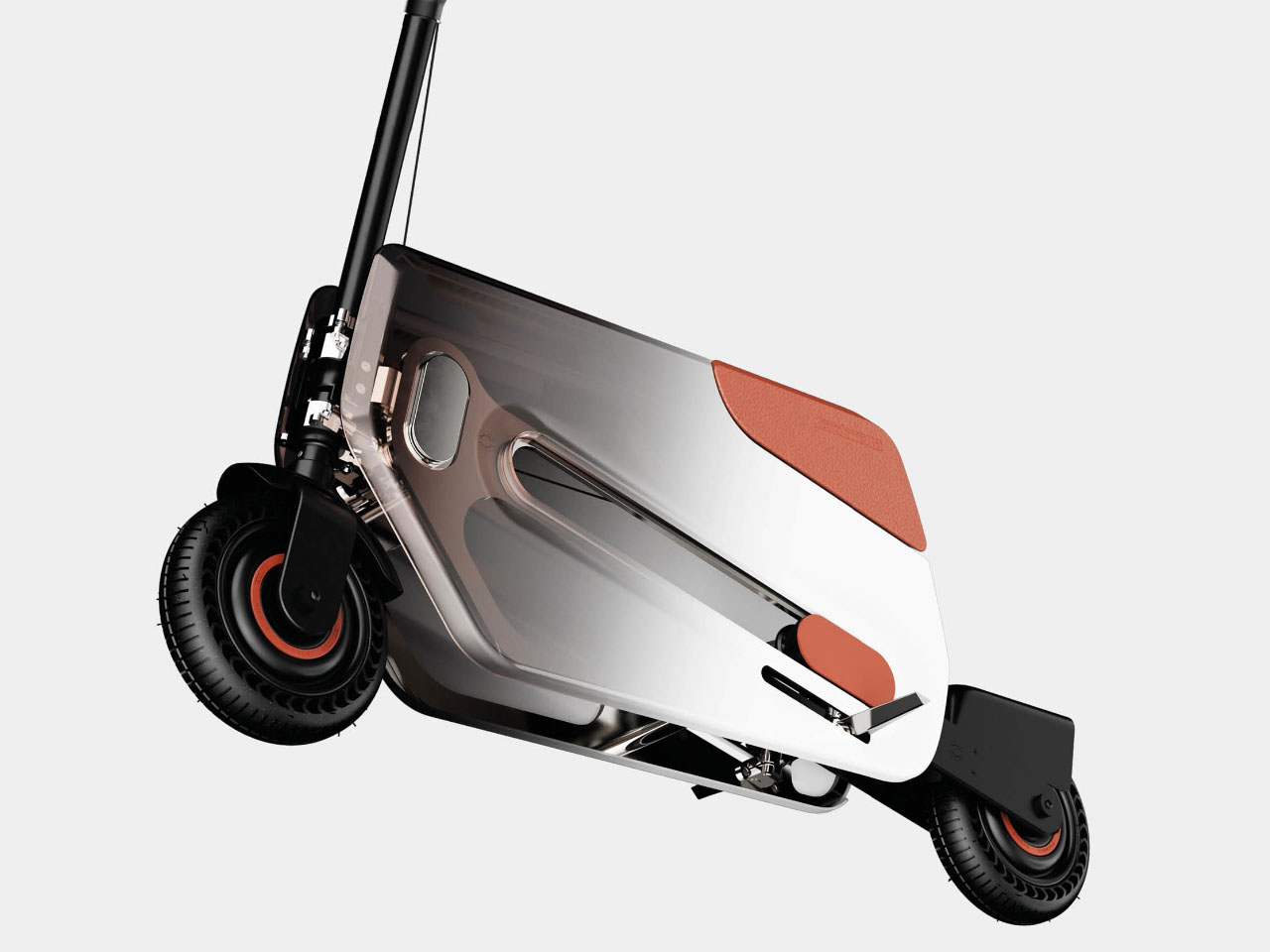
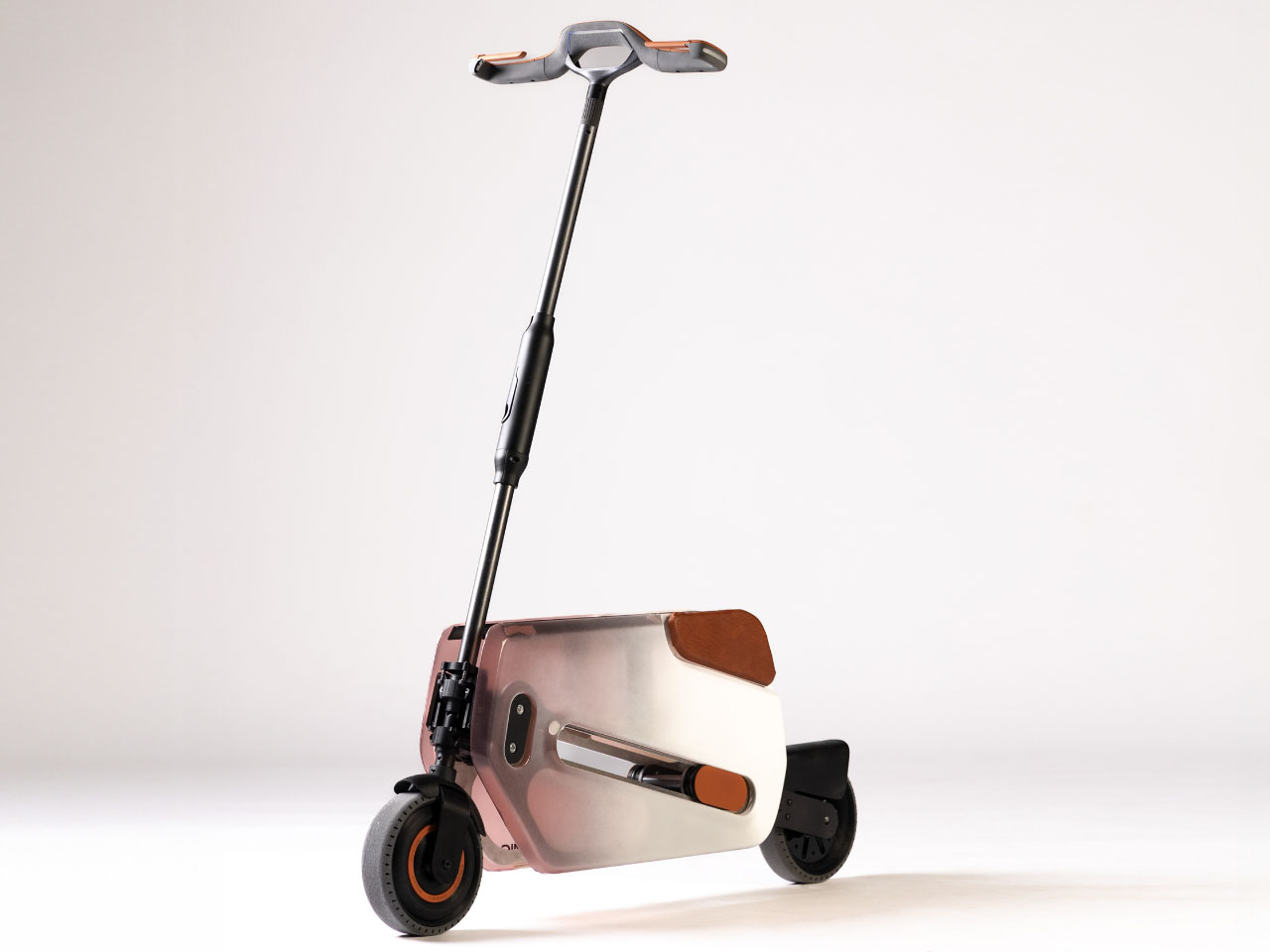
The portability of a personal commuter is the primary feature that aligns it with the user’s needs. ANT Formica is one practical last-mile travel solution tailored for city life and versatile enough for indoor spaces when not in use. In the folded configuration the e-scooter looks like a high-end CPU mod or powerful new gaming console on the horizon. The wheels, pedals, and steering column retract back into the exterior frame of the scooter, making it an ultra-compact personal vehicle for quick intercity travel.
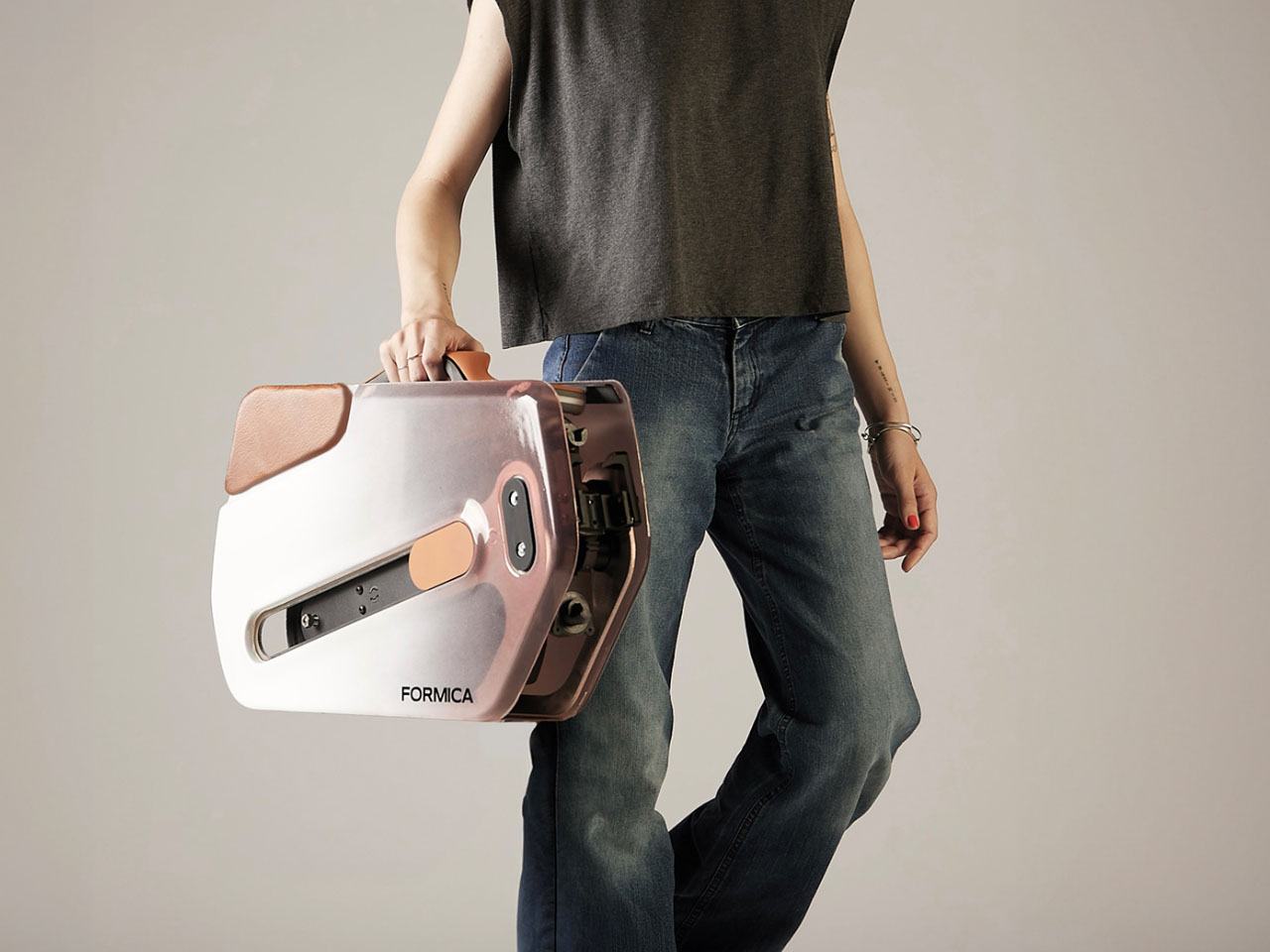
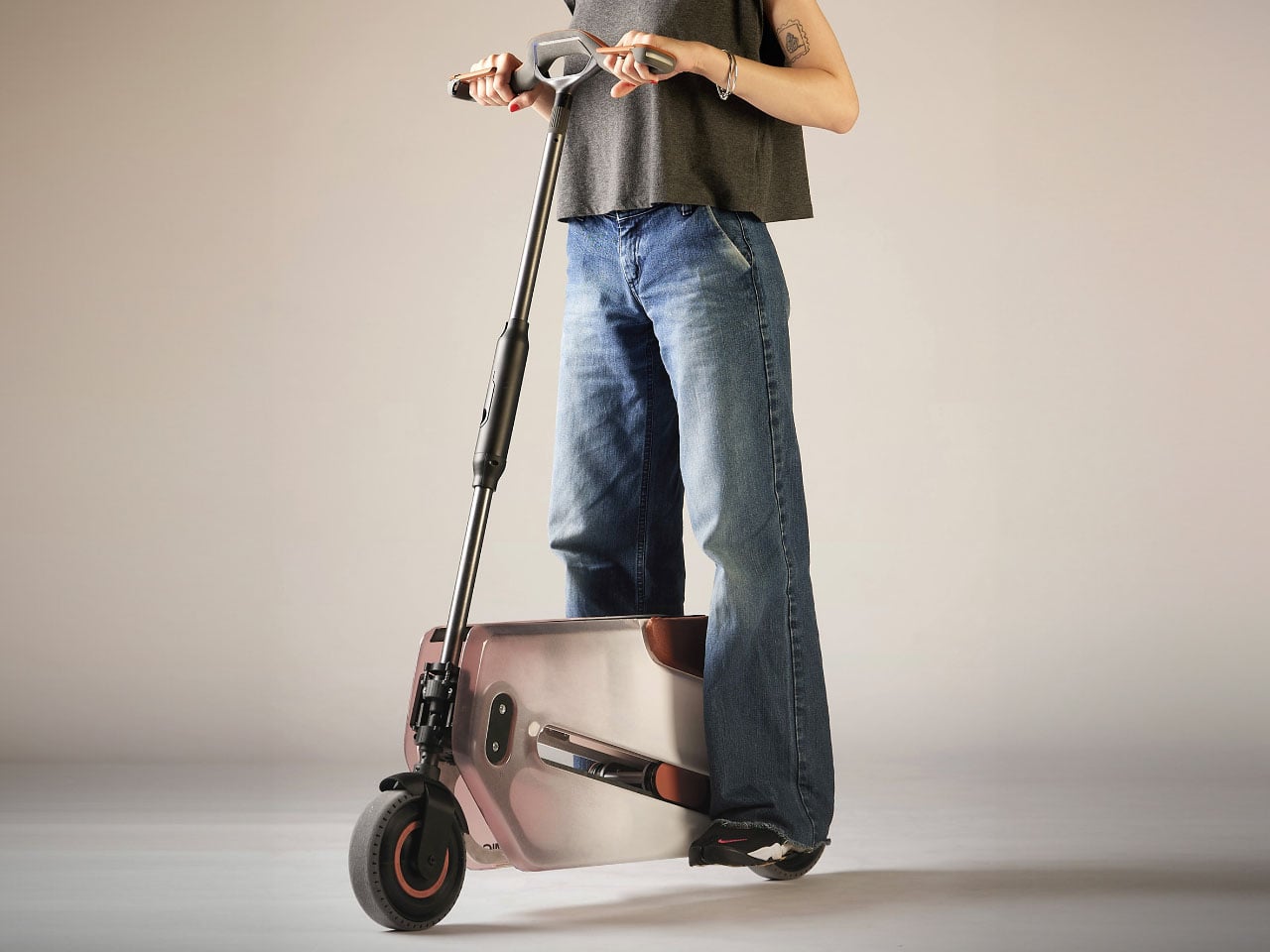
If one looks closely at the folding mechanism, it is a mechanical treat to watch in action. The whole process takes no more than a minute – both in the opened configuration and the closed one. The ease of use is the king here which most commuters will love. The electric motor resides in the rear section of the e-scooter which can be topped with a quick dart of charge for short trips to the supermarket. The handlebar positioning is fully adjustable and the absence of a saddle means you’ll have complete freedom to scoot around in the city.

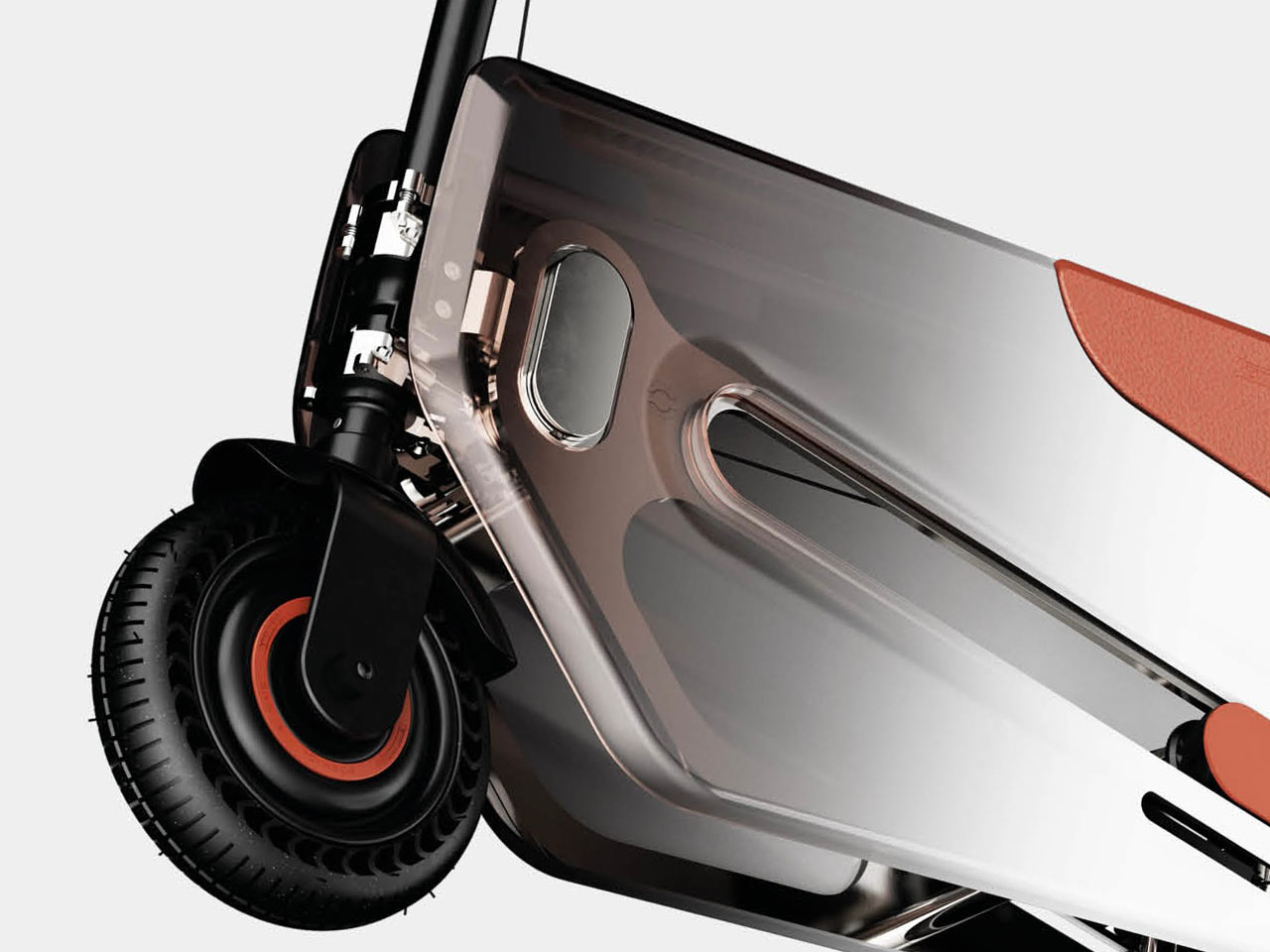
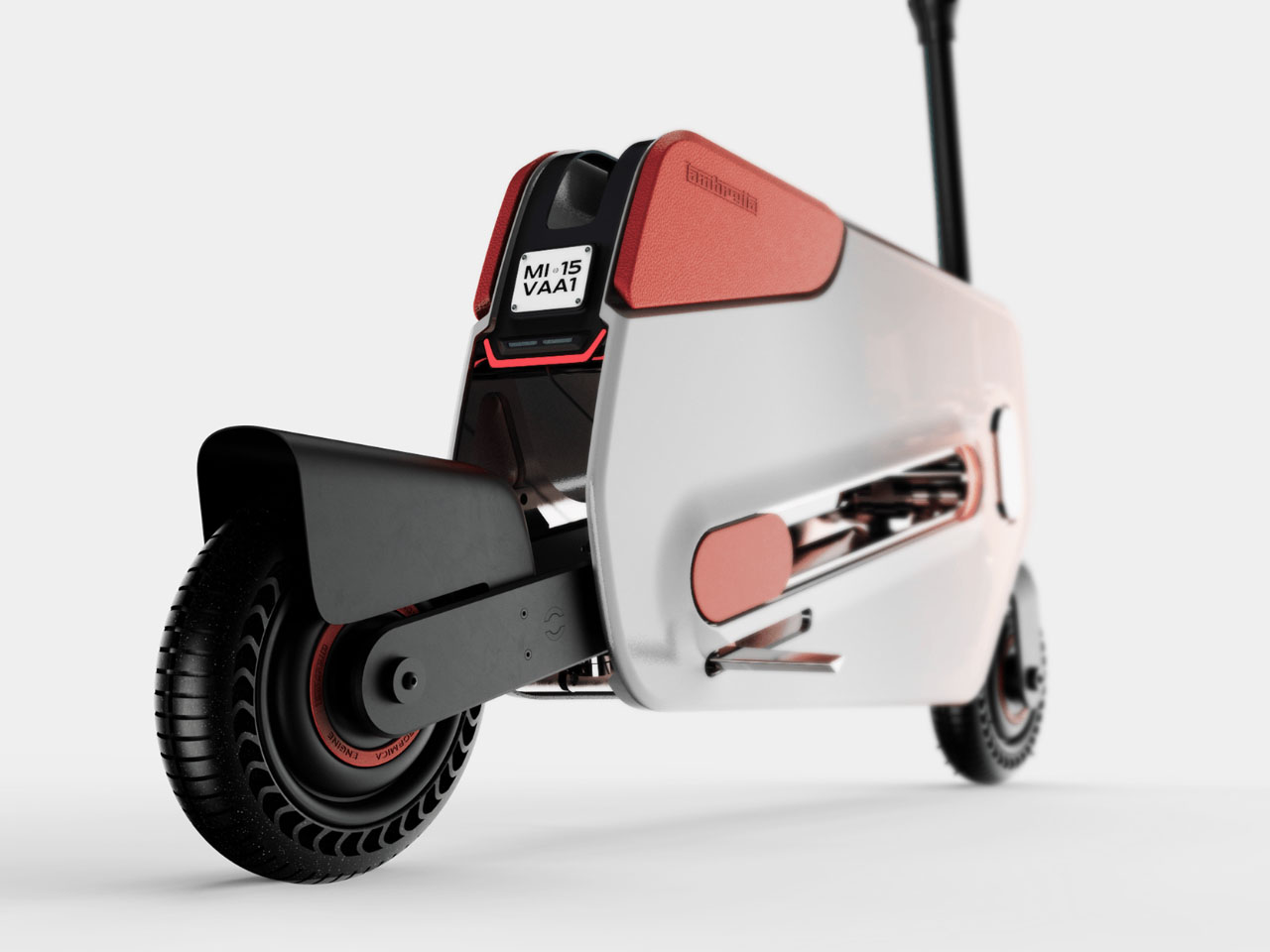
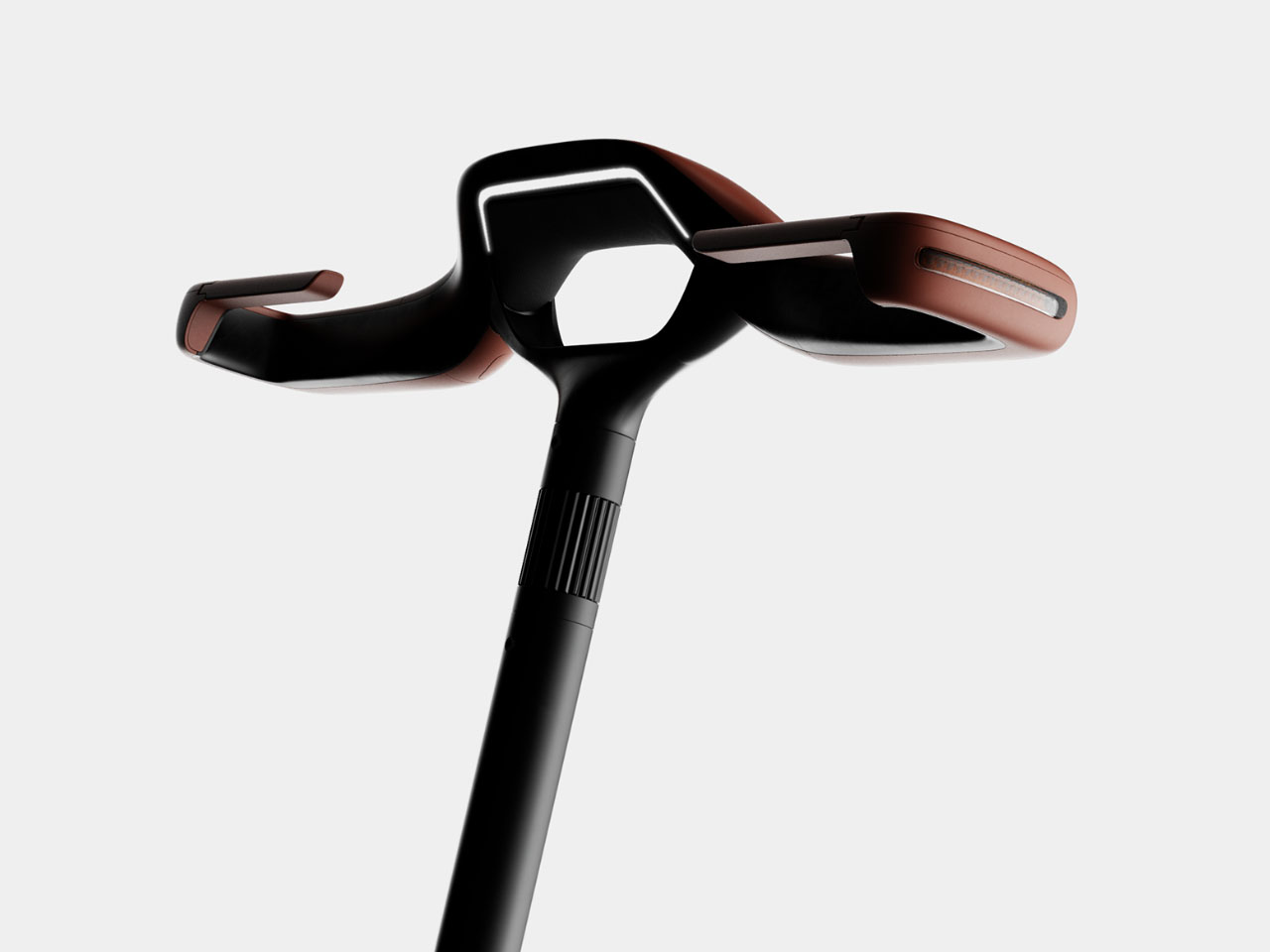
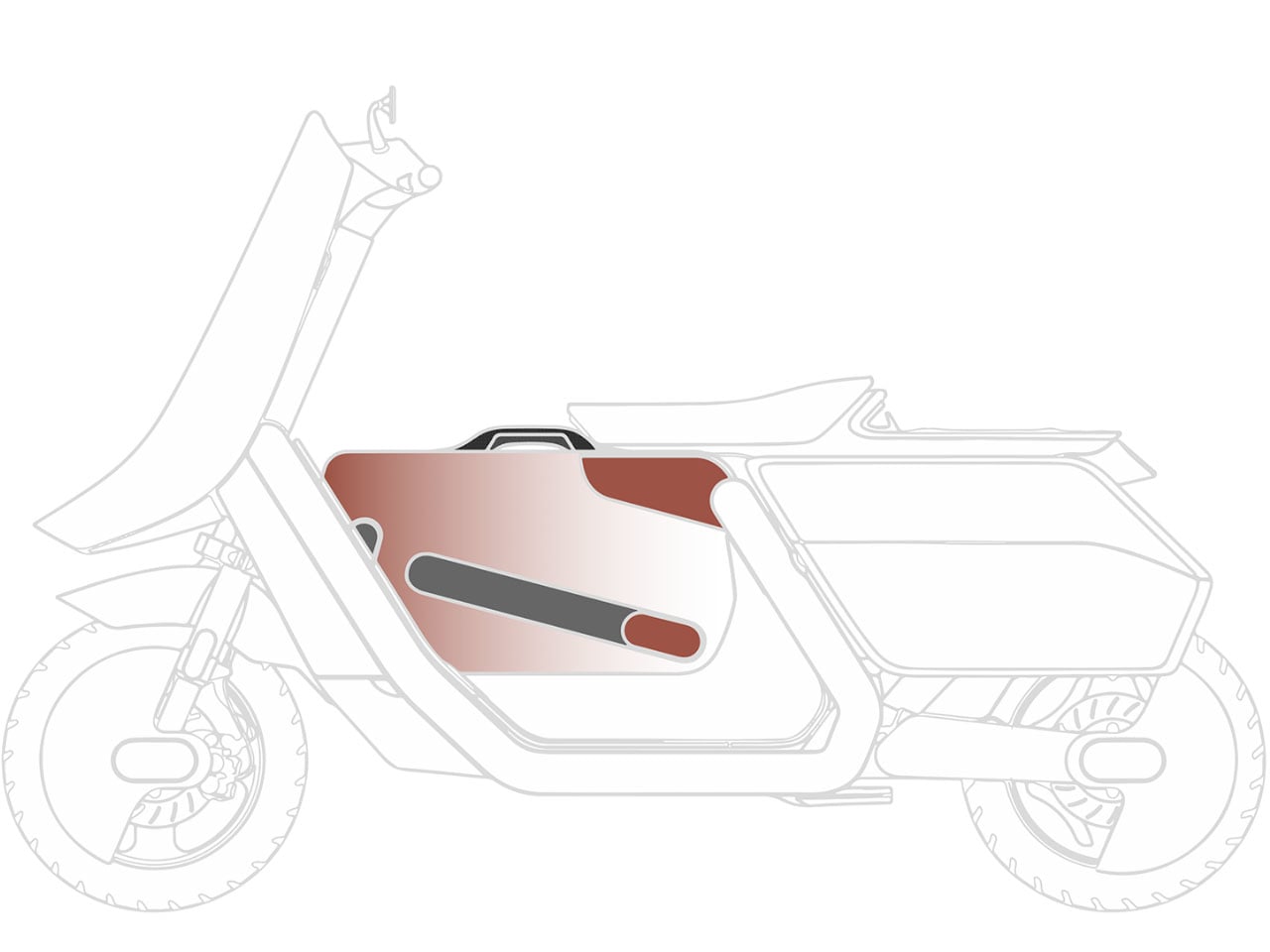
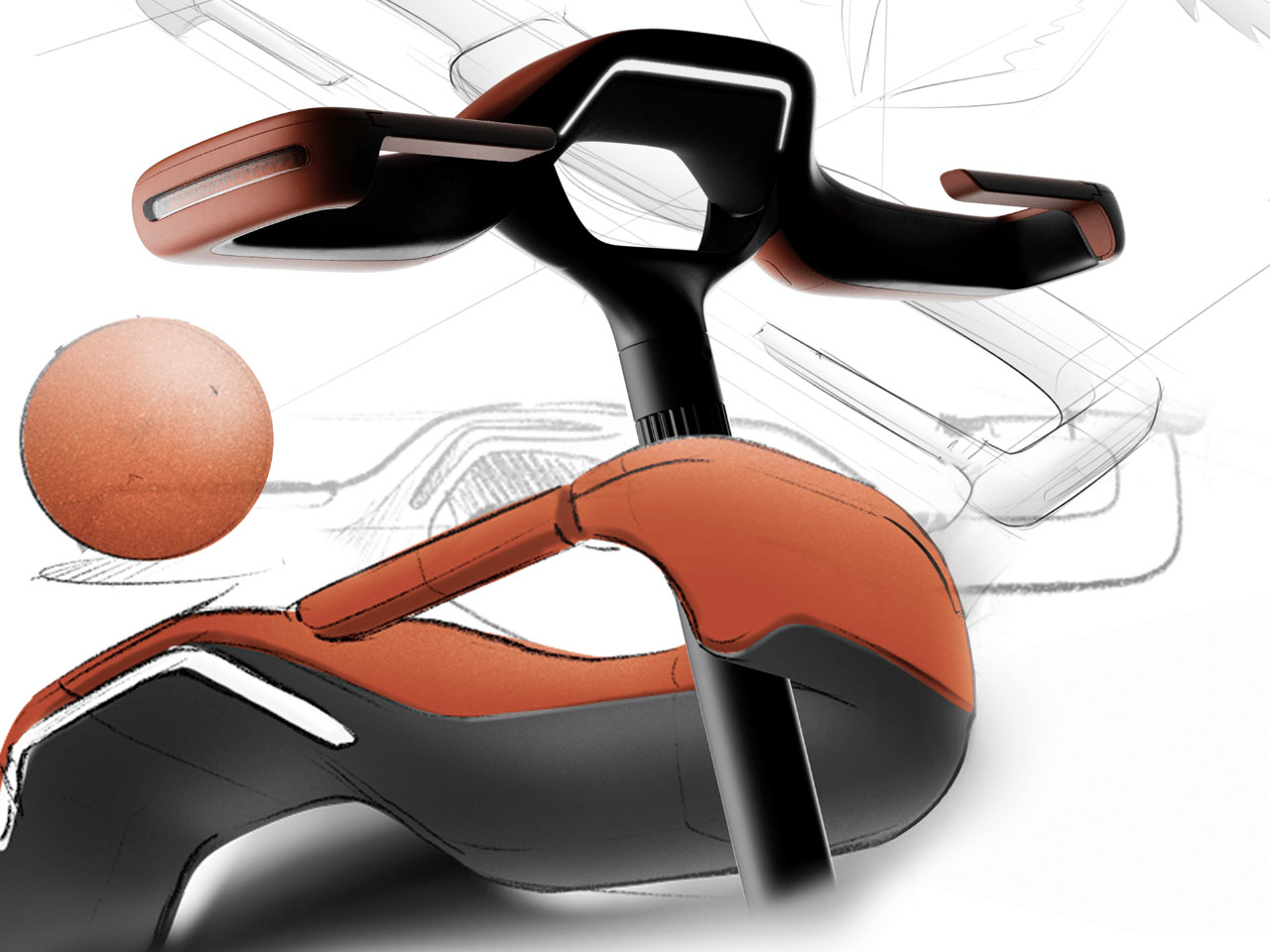
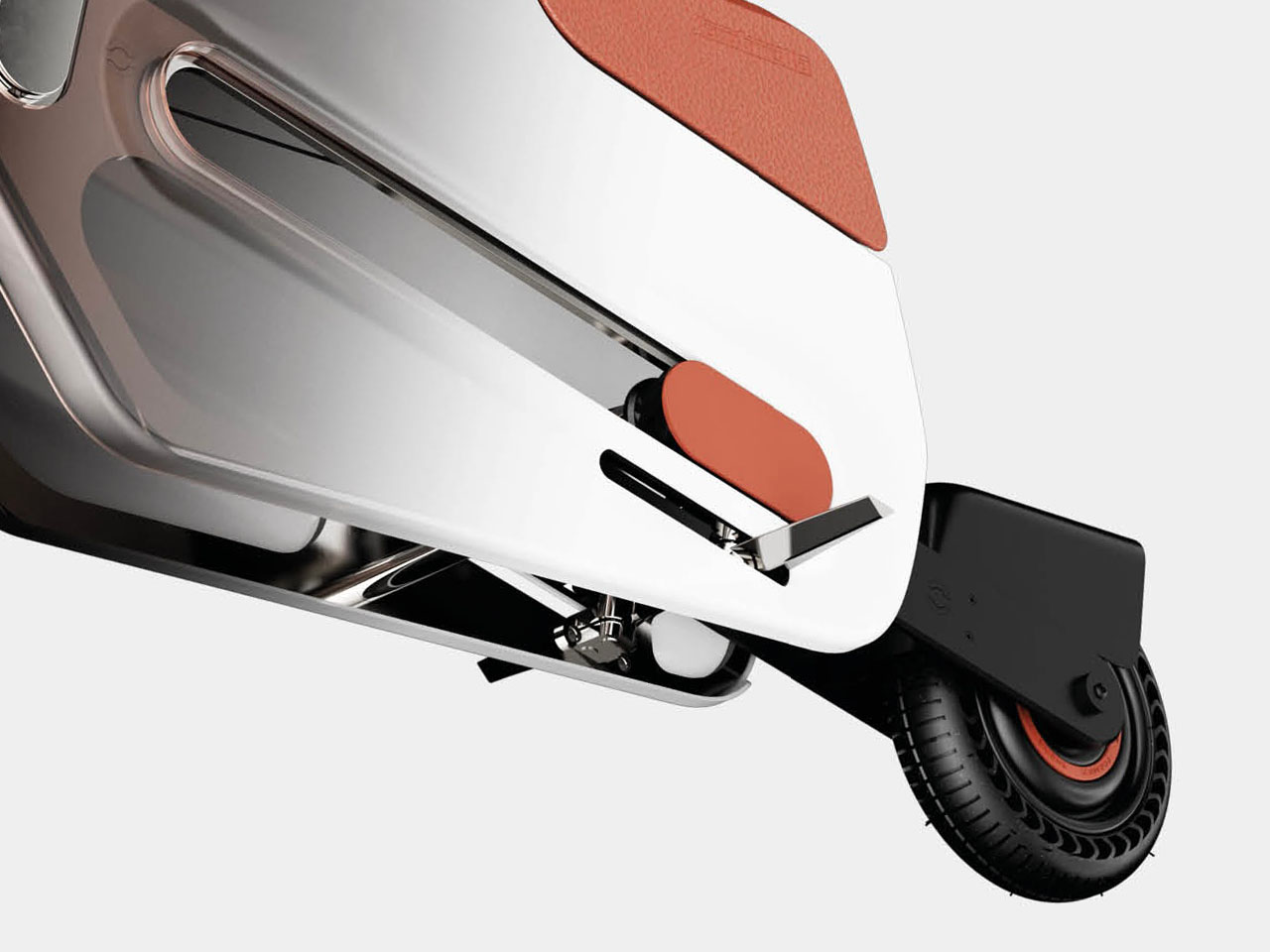
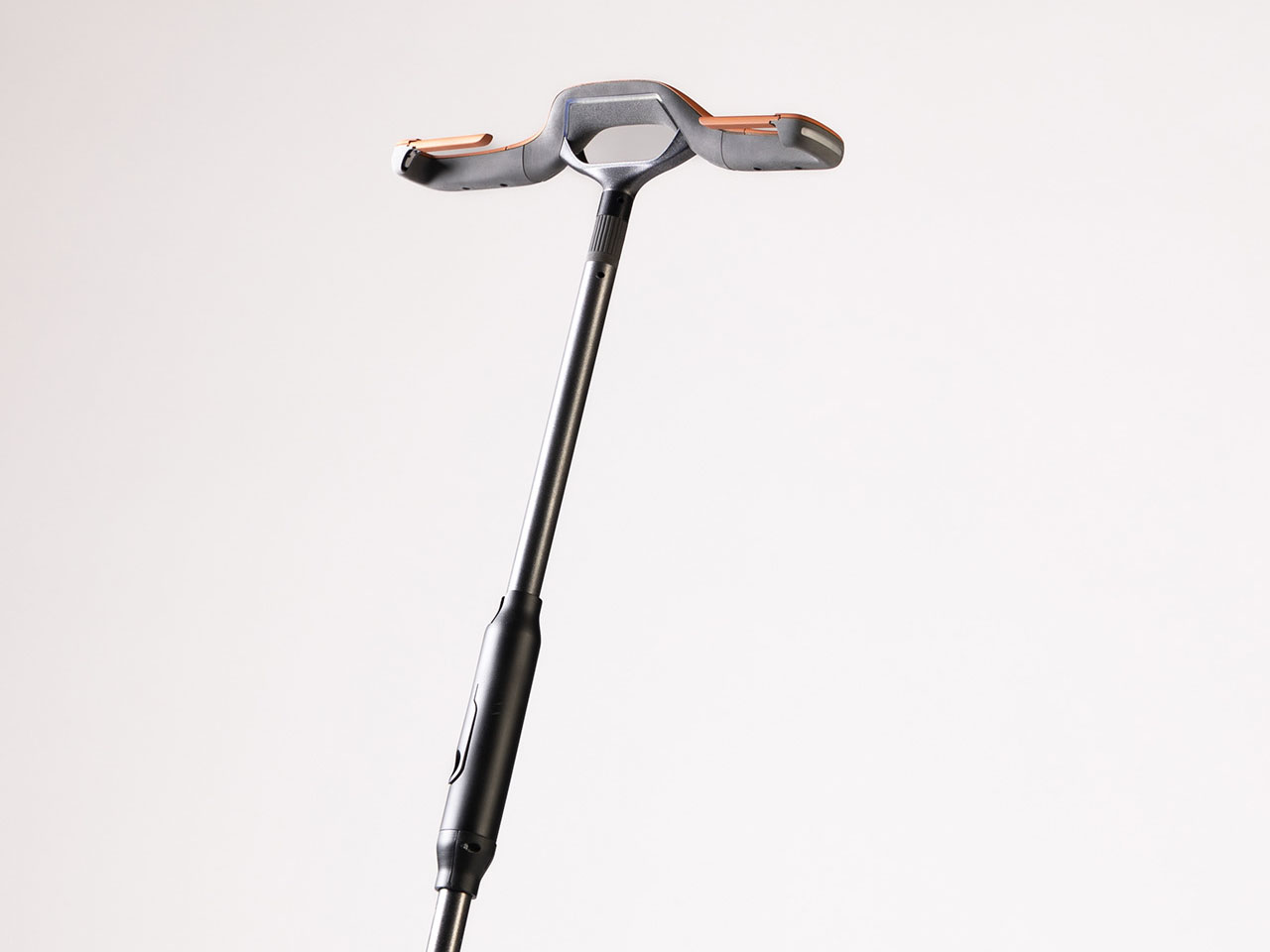

The post Foldable e-scooter for last-mile travel within city limits is a futureproof nano mobility solution first appeared on Yanko Design.

